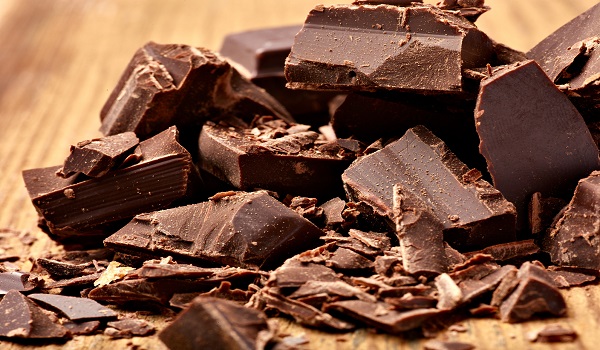India’s chocolate market is on a sweet growth trajectory, projected to more than double in size from US$ 2.63 billion in 2024 to US$ 5.32 billion by 2033, according to a recent report by Astute Analytica. Driven by a robust compound annual growth rate (CAGR) of 8.35%, the expansion reflects evolving consumer preferences, increasing urban demand, and the rising influence of digital retail platforms.
Once considered a luxury item, chocolate is now becoming a frequent indulgence across urban and semi-urban households. Rising disposable incomes and growing awareness of global brands have accelerated the shift toward premium and dark chocolates, especially among younger and health-conscious consumers. Cities like Delhi, Mumbai, Bengaluru, and Hyderabad continue to dominate consumption, but Tier II and Tier III cities are emerging as fast-growing markets thanks to enhanced retail access and expanding e-commerce.
A notable trend reshaping the market is the demand for healthier chocolate alternatives. Consumers are gravitating toward sugar-free, vegan, and organic options. Both domestic and international players are investing in R&D to develop chocolates enriched with nuts, superfoods, and antioxidants. Seasonal gifting occasions such as Diwali, Raksha Bandhan, and Valentine’s Day further boost demand, with brands innovating in both flavors and packaging to attract festive buyers.
The rise of organized retail and e-commerce is playing a pivotal role in expanding chocolate consumption. Platforms like Amazon, Flipkart, and BigBasket, along with brand-owned D2C websites, are capturing a growing share of sales through convenience, product variety, and attractive discounts. At the same time, supermarkets and hypermarkets in metro cities are dedicating more shelf space to premium and imported chocolates, mirroring a shift in consumer preference toward quality and experience.
While global brands like Mondelēz (Cadbury), Nestlé, and Ferrero continue to dominate the Indian chocolate market, homegrown players are fast catching up. Brands such as Amul, ITC Fabelle, and La Folie are investing in premium offerings and regional flavor innovations. Start-ups like Mason & Co, Paul & Mike, and Soklet are gaining popularity among millennials and Gen Z consumers, emphasizing sustainability, artisanal craftsmanship, and ethical sourcing.
According to the report, the future of India’s chocolate industry lies in strategic innovation and expansion. Key growth drivers include:
Deeper rural penetration through small, affordable pack sizes
Eco-friendly packaging to match rising environmental awareness
Investment in supply chain and manufacturing tech
Strategic collaborations and acquisitions for market expansion
As India’s chocolate market enters a transformative phase, companies that prioritize health-forward innovation, digital reach, and sustainable practices are expected to lead the next wave of growth. With demand rising across diverse consumer segments, the country’s chocolate story is far from finished—it’s just beginning to melt into something bigger.


